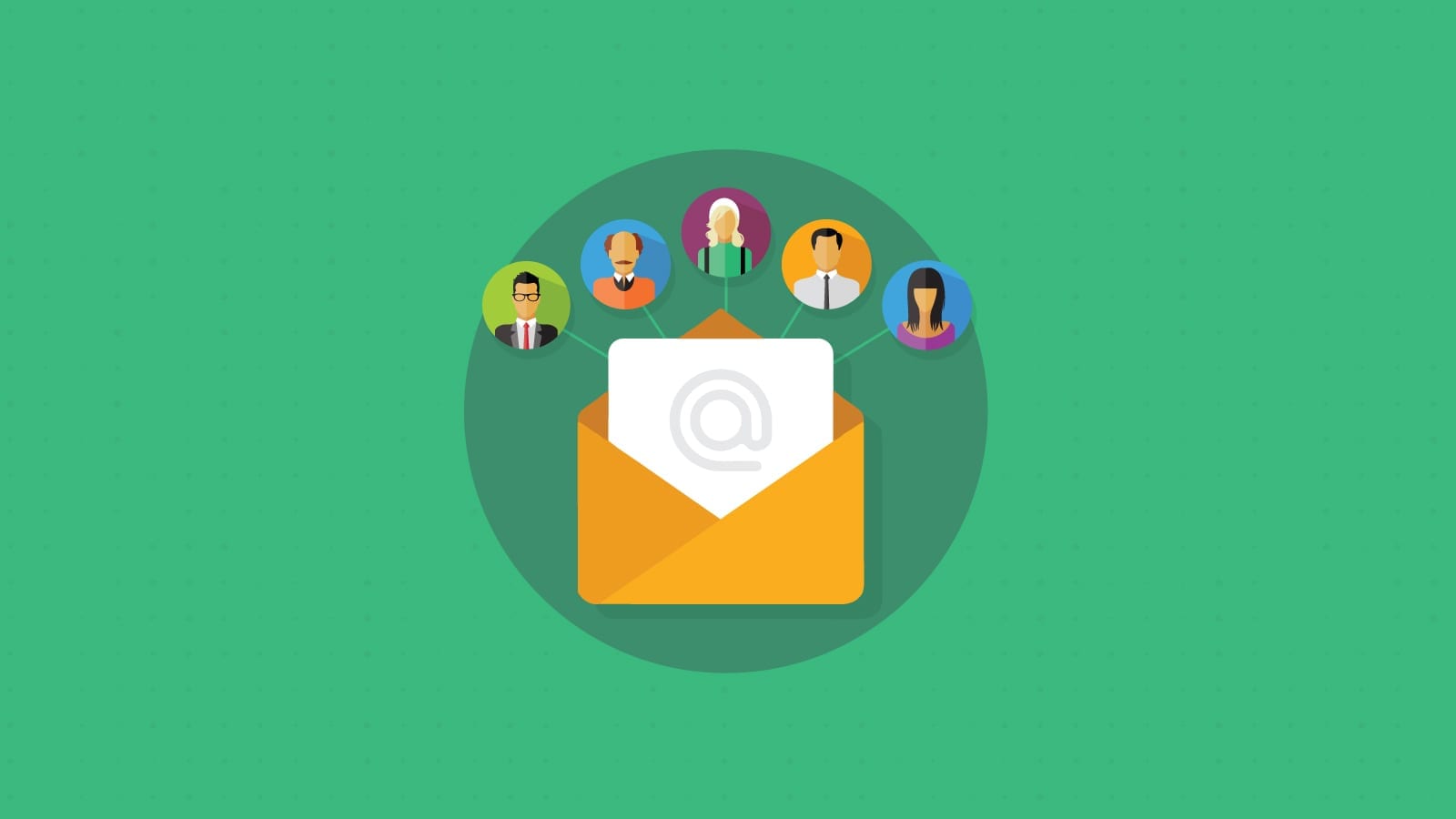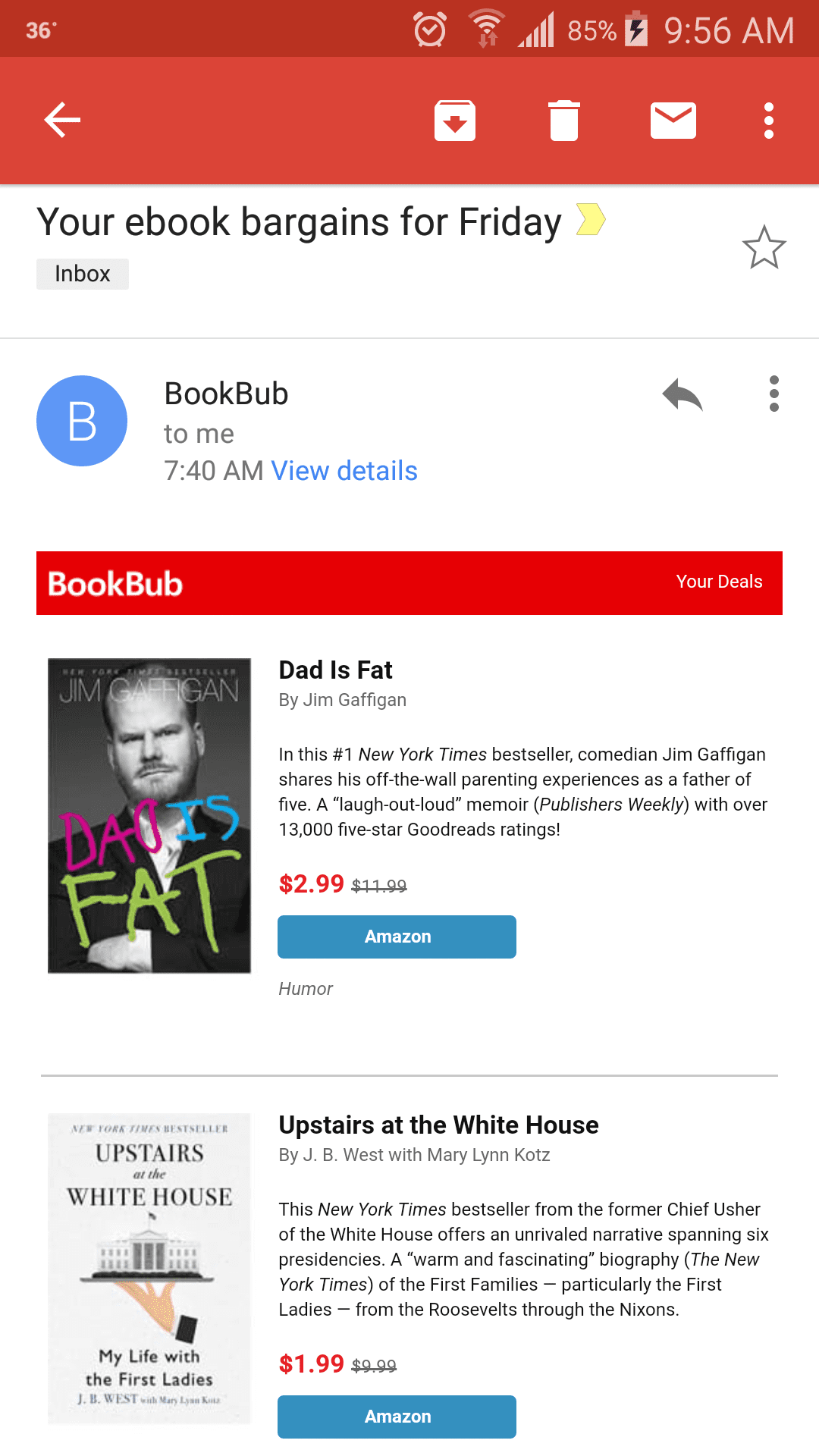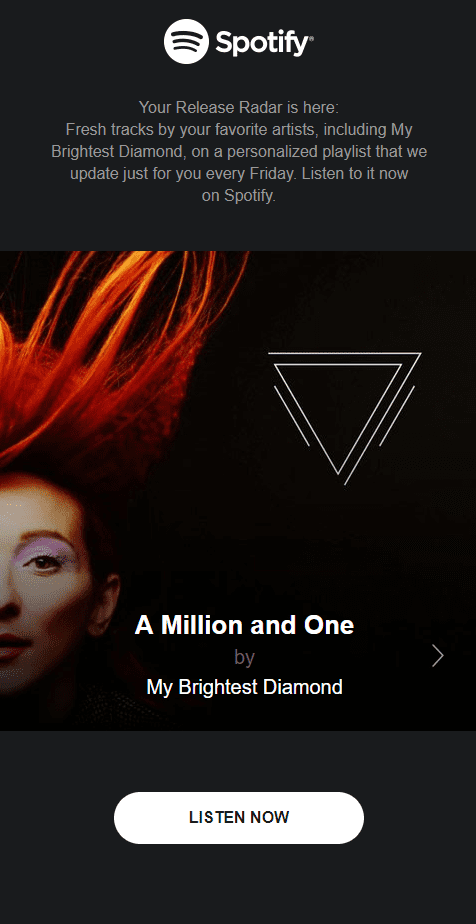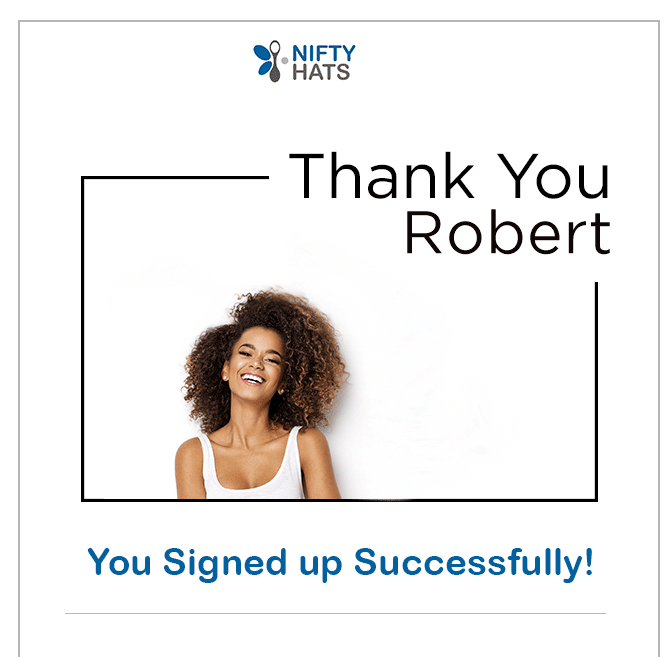Email Marketing
How to Use Email Personalization to Boost Subscriber Engagement

Email Marketing

What if your email subscribers loved receiving your emails? Not just tolerated them as the way to learn about an occasional deal (or worse, gave you their email address in exchange for gated content and never got around to hitting unsubscribe)? What if they actually looked forward to seeing your company’s name in their inbox?
Too good to be true? Not necessarily. Plenty of email marketing campaign best practices increase email open rates, drive clicks, and boost subscriber satisfaction. However, the one with the most potential for long-term growth is effective personalization. Studies show that personalized subject lines are 22% more likely to be opened, making this one of the most successful email marketing techniques.
We’ll discuss what email personalization is, some key personalization techniques for your email campaigns, and some tips to get started.
The first thing most marketers think of when they hear “personalization” is putting the recipient’s first name in the email subject line or greeting. While that’s technically personalization, it’s often superficial and can be done through automation. Showing you know your subscribers’ names doesn’t mean you know them any more than reading someone’s name tag at a convention means you’re best friends.
In other words, using first names in email campaigns might make it personalized, but it’s not very personal. So, what does good t’s personalization look like?
Email personalization uses subscriber data (more than just their names) to tailor each email to individual subscribers. This way, you can build a relationship with your customers. After all, marketing is all about customer relationship management. Although there isn’t one way to define or create personalization, your personalized emails should make each subscriber feel like your company is writing specifically to them.
Many different tactics fall under the umbrella of personalization. Here are seven key email marketing strategies to get started:
Let’s dive into each of these strategies.
One way to stay engaged with subscribers is to send personalized emails with product or content recommendations. Companies can send daily updates on discounts, new releases, and updates to keep subscribers engaged.
Here’s an example of a personalized email from BookBub. They often inform their subscribers about discounts, sales, and special offers for their favorite authors and genres based on browsing history and past purchases:

If you’re not an ecommerce company with a large collection of products, you could send subscribers email newsletters with a personalized selection of content based on what they’ve engaged with on your site or their potential interests.
Well explain how to collect this data and why you should get to know your subscribers to improve your email personalization and boost
Whether you’re using the most advanced dynamic content techniques or crafting individual messages for each segment, you need to know your subscribers to personalize effectively.
That means you need to have good data on your subscribers and analyze that data to determine what message will impact different subscribers. These data points include purchase history, cart abandonment, browsing behavior, and survey answers – but almost all data is useful.
“First party data” is super valuable because it includes insights about how customers and subscribers interact with your owned digital properties, including your website, blog, and emails. But if you don’t know, you can always ask…
BookBub asked me to pick a handful of favorite authors and genres and then used that information to recommend more books. After doing so, Bookhub recommended several interesting reads that align with my taste. This effort to get to know my preferences wasn’t creepy. It made me feel like a valued customer.
Another company that has effective customized emails is Spotify. Subscribers get regular updates about new releases from artists they’ve listened to or follow. Spotify even recommends concerts near their subscribers – and might send over a ticket presale code.

Data management is foundational to personalization. If you want to personalize emails, your relevant data needs to be accessible in your email system. That might sound obvious, but often data is stored separately, making it effectively non-existent for email purposes. Consider what relevant data you don’t have and how you can collect it.
Data management complexities are another topic, but you must consider them before developing personalization strategies.
While segmentation and personalization are separate practices in email marketing, they’re closely connected. When your list is strategically segmented, it’s much easier to provide relevant email personalizations.
It’s important to segment your audience to send multiple emails within one e-commerce campaign – each directed at a group of individuals with shared characteristics like demographics, geographic location, or behavioral patterns. This way, your target audience will more likely resonate with your email, and your click-through rates and conversion rates will improve.
Check out this email from Lululemon. While many of their subscribers primarily shop for women’s clothing, Lululemon knows that they have a percentage of subscribers who are interested in other products. In the example below, they’ve segmented their audience by gender to cater to their male demographic.

Don’t underestimate the power of automated transactional emails and other types of triggered messages. Transactional emails are usually cut-and-dry messages like order confirmations and password resets. But there are other types of triggered emails, like messages that get sent out to your readers when they hit certain points of the customer journey.
In this case, you’ll rely on customer behaviors to trigger personalized emails. In B2B email automation, a lead nurturing campaign could trigger the next email after a prospect opens or clicks on the previous message in the nurture track.
Ecommerce is full of opportunities for personalization in triggered emails. Check out this abandoned cart email from Jack Wills that draws on a customer touchpoint – when they visit your website but leave items in their shopping cart without moving to purchase. This triggered email reminds subscribers about an abandoned cart.

Besides email list segmentation, you can use dynamic content to swap out elements in emails, including imagery, copy, or links, based on subscriber information.
Check out Fit for Me’s promotion for their subscribers. They switched the images depending on subscribers’ data to reflect their age demographics but kept everything else the same.
Like your email copy, you can personalize images to send targeted emails. Typically, personalized images in email are dynamic content that adds names or other personal info to a graphic. Here’s an example from NifyImages.

Let’s say you’re running a global business, and your subscribers are in multiple time zones. If you send an email in the middle of the night to someone in Singapore, you’d probably receive a far different response than someone in London who received the same email at the end of their work day. Remember time zone differences and personalize your email content to appeal to your subscribers.
Send-time optimization isn’t necessarily considered traditional email personalization. However, it shows you know your subscribers and care about their everyday lives.
Personalization ensures the right message gets to the right person rather than sending generic messages to as many people as possible. Create a personalized experience tailored to your individual customers. This takes investment in time and resources, but it’s an investment that brings better email marketing metrics results. And, maybe, it can change the way your subscribers think about your emails.
Use Email on Acid’s testing suite to ensure your email’s deliverability to stick the landing in your subscriber’s inbox.
This article was updated on November 22, 2022. It was first published in November of 2018.